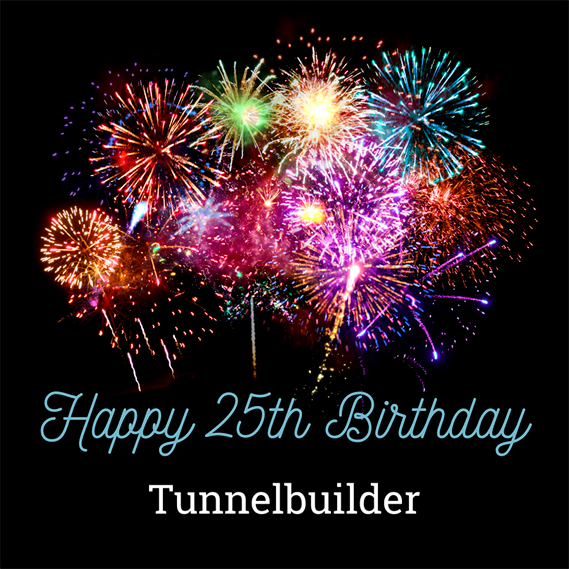Work on Romania’s second metro network, in Cluj-Napoca, has entered a key new stage with the start of excavation for the tunnel boring machine (TBM) launch shaft.
Turkish general contractor Gulemark began construction of the shaft on 11 August, marking the start of the project’s underground works. The structure will serve as the critical launch point for the two TBMs that will excavate parallel tunnels for the first metro line in the city.
Located near Teilor Station (Station 2) in Florești, the launch shaft is designed to accommodate two TBMs—one for each of the twin running tunnels. Precise engineering is essential to align the diaphragm walls and guiding structures with the planned tunnel route, ensuring smooth assembly and lowering of the TBMs into position.
Over the coming months, crews will excavate vertical trenches and pour reinforced concrete to complete the shaft’s perimeter walls. This follows earlier consolidation works, begun in February, aimed at preventing landslides and stabilising the site.
“The Cluj metro is now entering the underground phase,” said Cluj-Napoca Mayor Emil Boc, who visited the site to mark the milestone. “Construction of the launch shaft began at 9:00 a.m. on 11 August. The project is progressing—see you on site.”
Although the Cluj-Napoca metro lost EU National Recovery and Resilience Plan funding earlier this year due to delays, the Romanian government has stepped in to ensure work continues. In 2024, approximately €230 million—around 10% of the project’s total budget—was allocated for land acquisitions and contractor payments.
Once complete, the city’s first metro line will extend over 21 km, feature 19 underground stations, and serve one of Romania’s fastest-growing urban and technology hubs. It will be the country’s second metro system, after Bucharest. You can find further information on the article by visiting the tunnelbuilder archive by clicking here and ro/22. 33/25.

